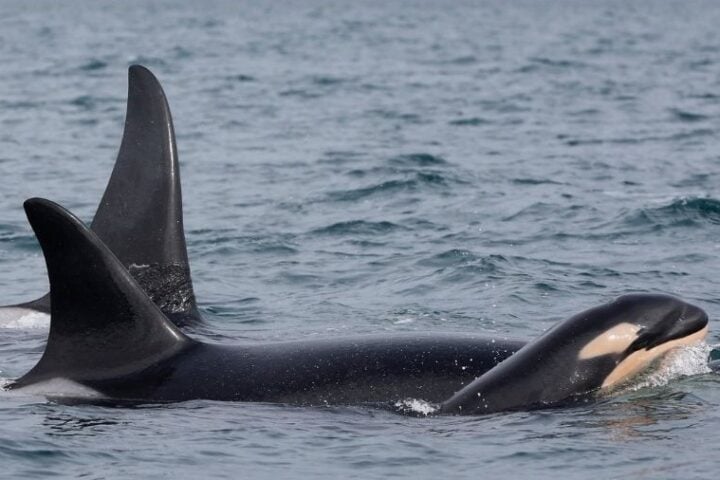The Center for Biological Diversity has filed a lawsuit against the Trump administration for failing to decide whether to protect smalltail sharks under the Endangered Species Act. These sharks, which inhabit the western Atlantic Ocean from Brazil to the northern Gulf of Mexico, have seen their global population plummet by more than 80% over the past 27 years.
“Smalltail sharks are spiraling toward extinction and need protection right now, not more delays,” said Lauren Parker, an attorney at the Center for Biological Diversity. “Extinction is forever, and we owe it to future generations to do everything we can to keep smalltail sharks in the Gulf of Mexico and the Atlantic Ocean.”
The legal action targets the National Marine Fisheries Service (NMFS), which announced in May 2023 that smalltail sharks might warrant protection but hasn’t issued a final decision. According to the lawsuit, the agency was legally obligated to decide by October 2023.
The situation is particularly dire in Brazilian waters, where most smalltail sharks live. Population numbers there have dropped by more than 90%. This dramatic decline puts the species at serious risk of following its close relative, the “lost shark” (also called the “false smalltail shark”), which is believed to be extinct.
Multiple Threats Facing Smalltail Sharks
Several factors have contributed to the smalltail shark’s decline. Overfishing stands as the primary threat, with sharks being both directly targeted and accidentally caught as bycatch. Their meat is consumed locally while their fins enter the global trade market.
`As a species inhabiting shallow, coastal waters in tropical and subtropical regions, smalltail sharks face additional threats from climate change, habitat degradation, and exposure to pollutants. Current regulations to protect these sharks are either insufficient or completely absent in many regions.
The lawsuit aims to compel the NMFS to complete a consultation with the Bureau of Ocean Energy Management regarding its oversight of oil and gas operations that could impact threatened and endangered species like the smalltail shark.
Following any decision, the Service is expected to open a 60-day public comment period to gather input from scientists, conservationists, and the public about smalltail shark protection.
Similar Posts
Broader Context of Shark Conservation
The legal battle for smalltail shark protection reflects a growing concern about shark conservation worldwide. Despite surviving for approximately 420 million years and enduring at least five mass extinctions, more than one-third of all sharks, rays, and chimeras are now threatened with global extinction.
Parker emphasized the urgency of the situation: “Trump’s reckless cuts to the agencies responsible for conservation and for helping the international community could have real consequences for animals on the brink like smalltail sharks.”
The Center for Biological Diversity’s October 2022 petition had requested not only listing the smalltail shark under the Endangered Species Act but also designating critical habitat and issuing protective regulations for similar-appearing species.
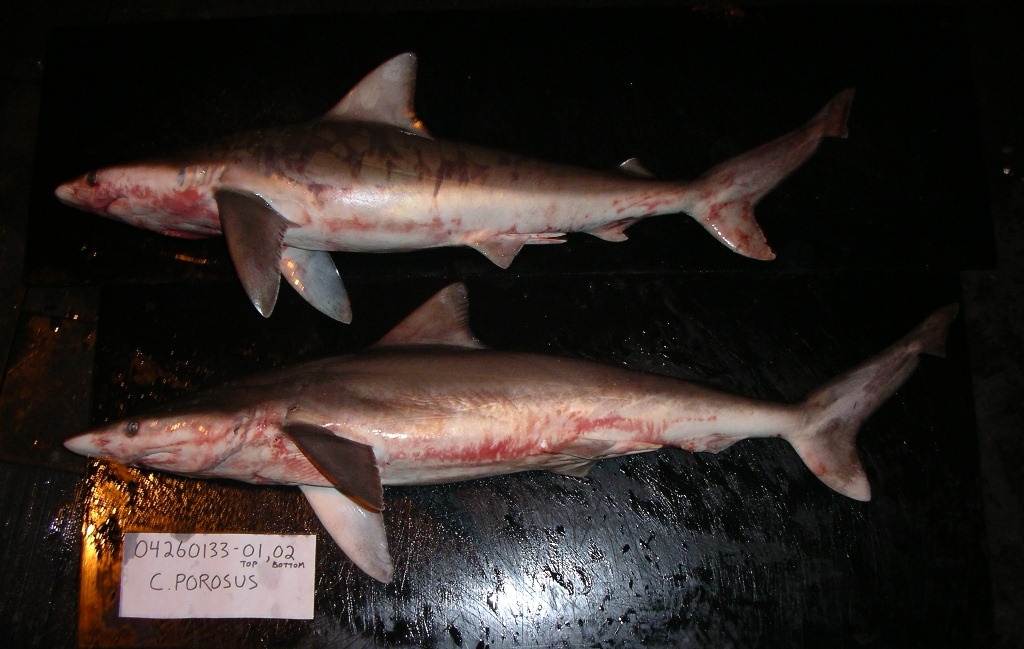




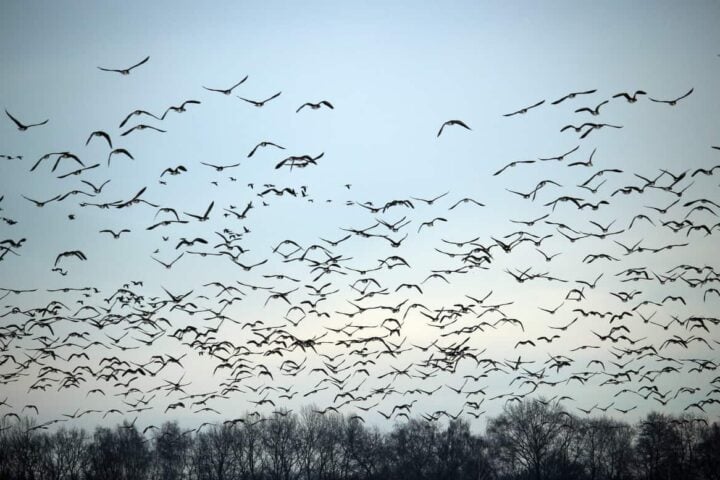
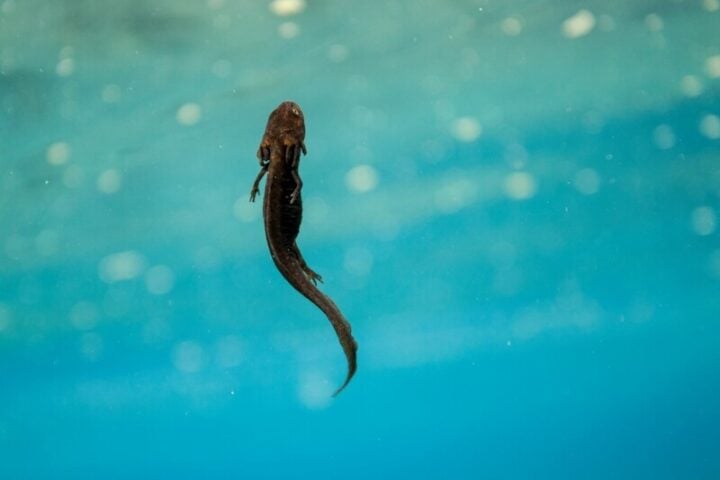
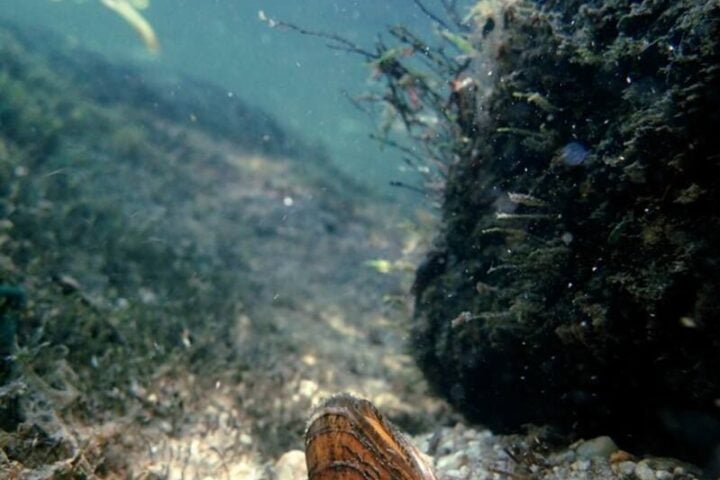




![Representative Image: European Starling [49/366]. Photo Source: Tim Sackton (CC BY-SA 2.0)](https://www.karmactive.com/wp-content/uploads/2025/04/Starlings-Drop-82-in-UK-Gardens-as-Birdwatch-2025-Reveals-Record-Low-Count-Since-1979-720x480.jpg)

